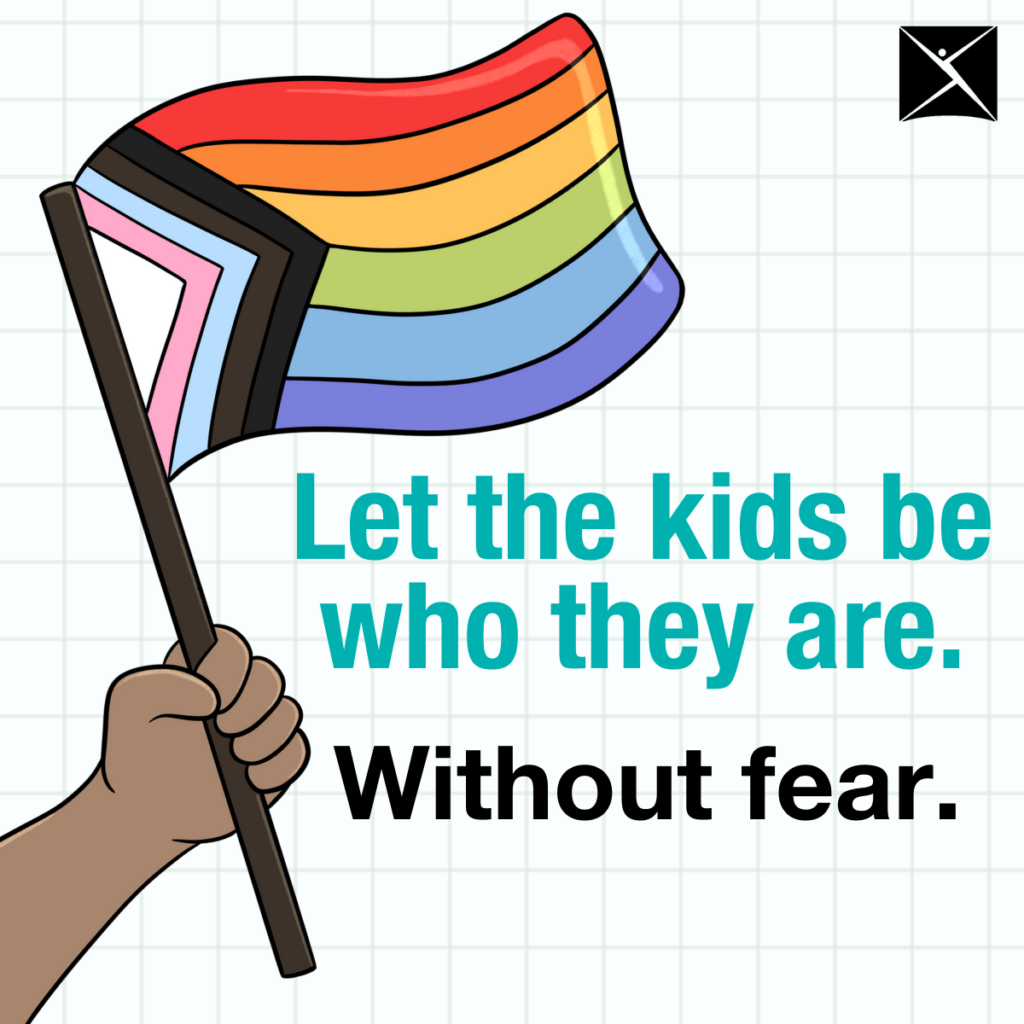Menu
Close

Diverse Gender Expression
Oct 19, 2023
Issue
We at the Canadian Mental Health Association (CMHA) are deeply concerned that escalating misinformation and hateful speech about gender minorities threaten their rights, safety and well-being. This includes trans people and those who identify as non-binary and Two-spirit. It is harmful to limit children’s right to freely express their gender identity by legislative or other regulatory means.
Key Messages
- CMHA calls on parents, teachers, caregivers, community members, healthcare providers and policymakers to ensure that we are all working together to promote acceptance, inclusion, safety and full participation for all children, regardless of how they look, or who they are. This is as true for gender as it is for racial identity, religious expression and culture.
- We affirm the right of children to express their gender identity and to live, study and play in safe and inclusive environments where they are seen and heard for who they are.
- Every child has the right to be their true selves, no matter who they are, where they are from, or what they look like.
2. Trans and non-binary youth face extreme risks to their mental health and to their well-being.
- They are 7.6 times more likely to have attempted suicide compared to cisgender youth;
- They are more likely to harm themselves.
- They report rates of clinical depression as high as 68%, compared to the global prevalence of 3.8%.i
- They are exposed to more violence, discrimination, and harassment as well as stigma and institutional forms of marginalization.ii
- Trans youth report being physically threatened or harmed at twice the rate of cisgender LGBQ youth. iii
3. Trans and non-binary youth may face rejection from their peers, their parents and the other adults in their lives.
• Most parents go above and beyond to support their kids, but some homes are not safe.
• Between 25-40% of young people in our shelters are queer or trans.
4. Support and acceptance at school and at home can reduce these devastating impacts and promote safety.
- Research shows that gender diverse and trans kids thrive when they are safe and loved, at school and at home.
- Acceptance helps protect gender diverse and trans kids from psychological distress, post-traumatic stress disorder, depression, suicide, and eating disorders.
- They are more likely to stay and succeed at school when they are respected and accepted there and in their families. iv
i Mila Kingbury, Nicole G. Hammond, Far1 Johnstone, and Ian Colman, “Suicidality among Sexual Minority and Transgender Adolescents: A Nationally Representative Population-based Study of Youth in Canada,” CMAJ 6 (2022): E767-E774; Jaimie F. Veale, Ryan J. Watson, Tracey Peter and Elizabeth M. Saewyc, “The Mental Health of Canadian Transgender Youth Compared with the Canadian Population,” Journal of Adolescent Health 60.1 (2017): 44-49. ii i Jan M.A. de Vries, Carmel Downes, Danika Sharek, Louise Doyle, Rebecca Murphy, Thelma Begley, Edward McCann, Fintan Sheerin, Siobhan Smyth and Agnes Higgins, “An Exploration of Mental Distress in Transgender People in Ireland with Reference to Minority Stress and Dissonance Theory,” International Journal of Transgender Health (2002). https://www.tandfonline.com/doi/epdf/10.1080/26895269.2022.2105772?needAccess=true iii Myeshia Price-Feeney, Amy E. Gree, and Samuel Dorison, “Understanding the Mental Health of Transgender and Nonbinary Youth,” Journal of Adolescent Health 66 (2014). https://www.transyouthadvocacylibrary.org/uploads/1/4/3/5/143532341/understanding_the_mental_health_of_transgender_and_nonbinary_youth.pdf iv Ryan J. Watson, Jaimie F. Veale, Elizabeth M. Saewyc, “Disordered Eating Behaviors among Transgender Youth: Probability Profiles from Risk and Protective Factors,” International Journal of Eating Disorders 50.5 (2017): 515-522; Michelle Marie Johns, Oscar Beltran, Heather L. Armstrong, Paula E. Jayne and Lisa Barrios, “Protective Factors among Transgender and Gender Variant Youth: A Systemic Review by Socioecological Level,” The Journal of Primary Prevention 39.3 (2018): 263-301.